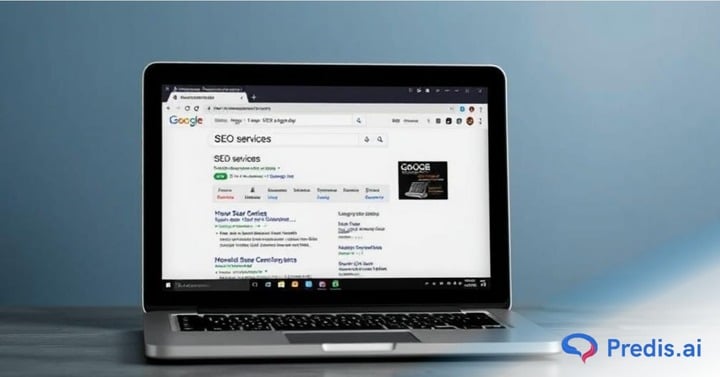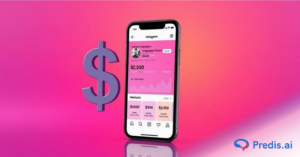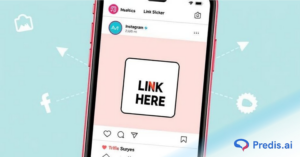Were you ever captivated by an attractive advertisement on a webpage? Have you ever wondered what made this ad stand out from other ads on the page? In the ever-changing world of digital marketing, being aware of the differences between banner ads vs display ads is essential. It helps in creating successful advertising campaigns.
Display ads are the source of new business for 65% of small B2B enterprises. Global banner advertising spending was estimated to be 64 billion USD in 2021. The number would rise at a 4.6% annual growth rate until 2028 when it is anticipated to surpass 87 billion.
Considering this data, it is essential to understand the distinctions between banner and display ads to maximize marketing efforts because online advertising is becoming more prominent every day.
Understanding Display Ads
Online advertisements, known as display ads, use a variety of visual components, including pictures, videos, and interactive multimedia material, to market a good or service.
These advertisements, which are usually included on websites, social media networks, or mobile applications, aim to draw in viewers with attention-grabbing imagery and persuasive copy.

Take a peek at this Salesforce leaderboard advertisement. It has utilized a total of three lines of text, emphasizing the message itself. Although it might not seem like enough, the ad functions effectively due to word choice.
With the many targeting options available for display advertisements, advertisers can target particular demographics, interests, or behaviors. You can create compelling display ads on Predis.ai.
Understanding Banner Ads
The defining characteristics of banner advertisements, a particular subgroup of display ads, are their rectangular shape and either static or moving nature. On websites, these advertisements are conspicuously placed, typically at the top, bottom, or sides of the content. Banner advertisements are frequently used for direct response and brand recognition initiatives.

Take Walmart as an example. In this banner ad, they are building their brand’s authority with a simple message.
Banner ads, on the other hand, are frequently linked to cost-per-thousand-impressions (CPM) or cost-per-click (CPC) pricing schemes. They are available in a variety of sizes, including square, skyscraper, and leaderboard.
Principal Disparities Between Banner Ads vs Display Ads
There are some major differences between banner ads and display ads.
| Feature | Display Ad | Banner Ad |
| Format | Images, videos, etc. | Static or animated rectangular-shape |
| Size | Flexible | Limited to certain sizes |
| Placement | Websites, Social media, etc. | Websites and Mobile apps |
| Visibility | Different sections of a webpage | Top, bottom, or sides of a webpage |
| Interaction | More interactive | Less interactive |
| Engagement Metrics | Video views, app installs, etc. | CTR |
| Pricing Model | Flexible | Based on CPC or CPM |
Format & Size
While banner ads are restricted to particular sizes and shapes, display ads can take on a wider variety of formats, such as photos, videos, and rich media.
Placement Options
While banner advertisements are mostly seen on websites and mobile apps, display ads can be found on a variety of online platforms.
Involvement Capabilities
Compared to banner advertisements, display ads present greater chances for interactive involvement, such as video views or app installations.
Cost Considerations
While display advertisements may have more variable pricing structures, such as cost-per-click (CPC), cost-per-acquisition (CPA), or cost-per-view (CPV), banner ads are typically paid on a CPC or CPM basis.
Additional Features
Banner ads depend mostly on their visual harmony and bold colors to engage the audience. They usually come with big, bold CTAs that are ideal for conversion. These ads take up half the page and are highly noticeable.
Display ads, on the other hand, come with rich media, images, audio, and other elements that make engaging with them very easy. This way, it ultimately boosts a higher engagement rate.
When to Apply Each
In digital marketing efforts, display ads and banner ads serve distinct functions, and each has advantages. Their efficacy is contingent upon the particular aims and objectives of the marketing initiative; none is superior by nature.
Display Ads
It is perfect for product debuts, brand awareness campaigns, or focusing on a particular audience segment with visually appealing material.
Because display ads come in a variety of formats and are adaptable, advertising content may be more creative and flexible. Campaigns aiming to raise brand awareness, introduce new products, or target particular audience segments with visually striking content work well with them.
Display advertisements are perfect for campaigns that want to increase user involvement and engagement since they offer additional interactive engagement possibilities. This includes video views or app installations.
Enhance your advertising with AI-generated Display Ads that convert—use Predis.ai’s Google Display Ads Maker for amazing results. Improve your ad clicks and engagement with stunning ads.
Banner Ads

It is ideal for advertising temporary deals, increasing website traffic, and keeping your brand consistent across all online channels.
Banner ads are distinguished by their ease of use and instant visibility. They can promote temporary sales, increase website traffic, and keep a consistent brand presence across internet channels.
When placed appropriately on websites with high traffic or among material that is relevant to the audience, banner ads are especially effective at drawing immediate attention and encouraging clicks.
The precise aims and objectives of your advertising campaign will ultimately determine which type of advertisement is more effective: display or banner.
Banner ads work well at drawing in rapid attention and encouraging clicks, while display advertising has more format and targeting options.
Design striking ad banners that convert with Predis.ai's Free AI Banner Maker—enhance your clicks and engagement!
Important Things to Consider
- Recognize the distinct qualities and functionalities of banner and display advertising.
- Make sure your advertising plan is in line with the goals and target market of your campaign.
- Track and evaluate important metrics, including conversion rates and click-through rates (CTR), to improve ad performance over time.

How To Create a Banner or Display Ad with Predis AI?
Making a banner ad or display ad can be an easy process if you have the necessary tools in hand. If you are one such beginner who wants to know how to do it exactly, follow these steps:
- Sign up to Predis AI and create an account if you are new.
- Click on the “Create New” button in the left menu.
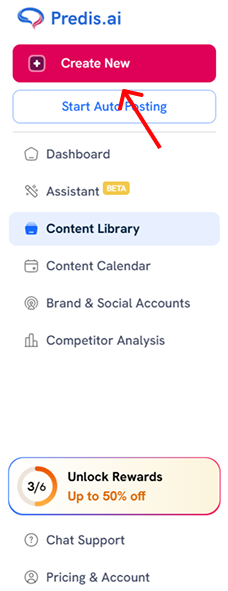
- Choose the type of social media post or ad that you want to create. Here, we are choosing the ad creative option.
- Provide a detailed prompt for the ad creative that you want. Here you have options to change the aspect ratio and images of your ad. Once you are happy with the inputs, click “Generate”. And that’s it! Your ad is done!
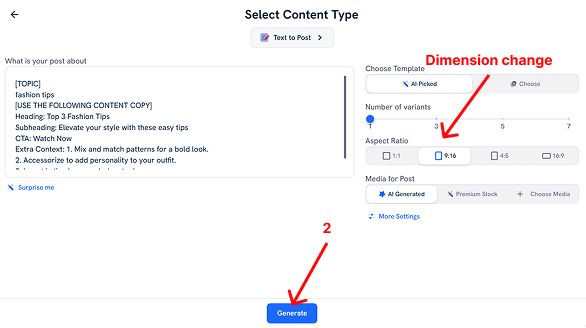
Conclusion
In summary, the format, placement, and engagement potential of display ads vs banner ads differentiate them from one another. Digital advertising campaigns can be more impactful and result-driven if you make use of each ad format’s advantages and match them with your aims.
Are you ready to start improving your online presence? Use Predis.ai to generate compelling social media ads, increase brand awareness, and encourage relevant interaction right now!
FAQs
Generally, click-through rates (CTRs) for banner advertising are lower than display ads, providing more opportunities for interactive engagement.
To assess the success of your display ad campaigns, you can use metrics like CTR, ROI, impressions, and conversion rates. However, you must ensure that these metrics align with your campaign goals.
The guidelines for creating compelling banner ads are:
1. Employing clear language
2. Including attention-grabbing images
3. Providing powerful calls to action (CTAs)
4. Ensuring the content is readable
5. Experimenting with various designs
Yes, it is possible to combine display and banner ads into a single campaign by optimizing reach and interaction across several platforms.
Some of the emerging trends in display and banner advertising include a growing number of personalized and interactive ads, more video content, integration with social media platforms, and a focus on mobile-first design methods.
Related Content,
Banner Ad Costs in 2024: A Comprehensive Guide
Is it worthwhile to Banner Advertise in 2024?
Creating Interactive Banner Ads


